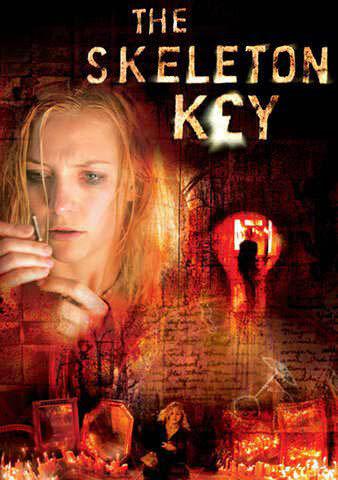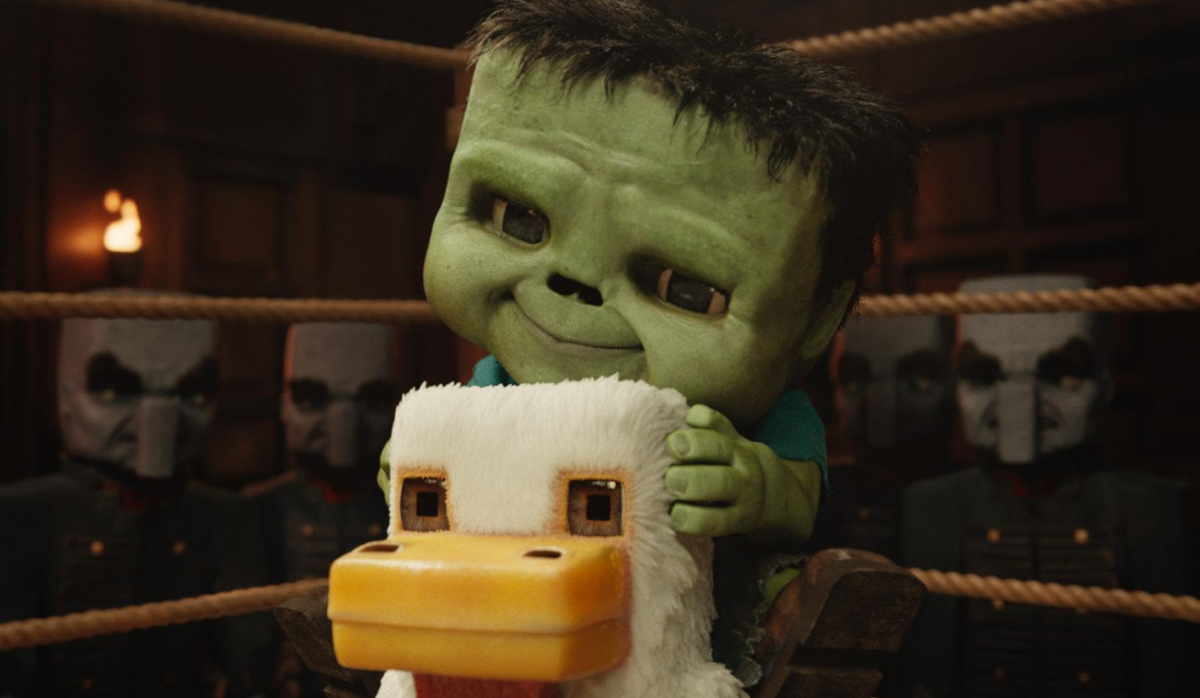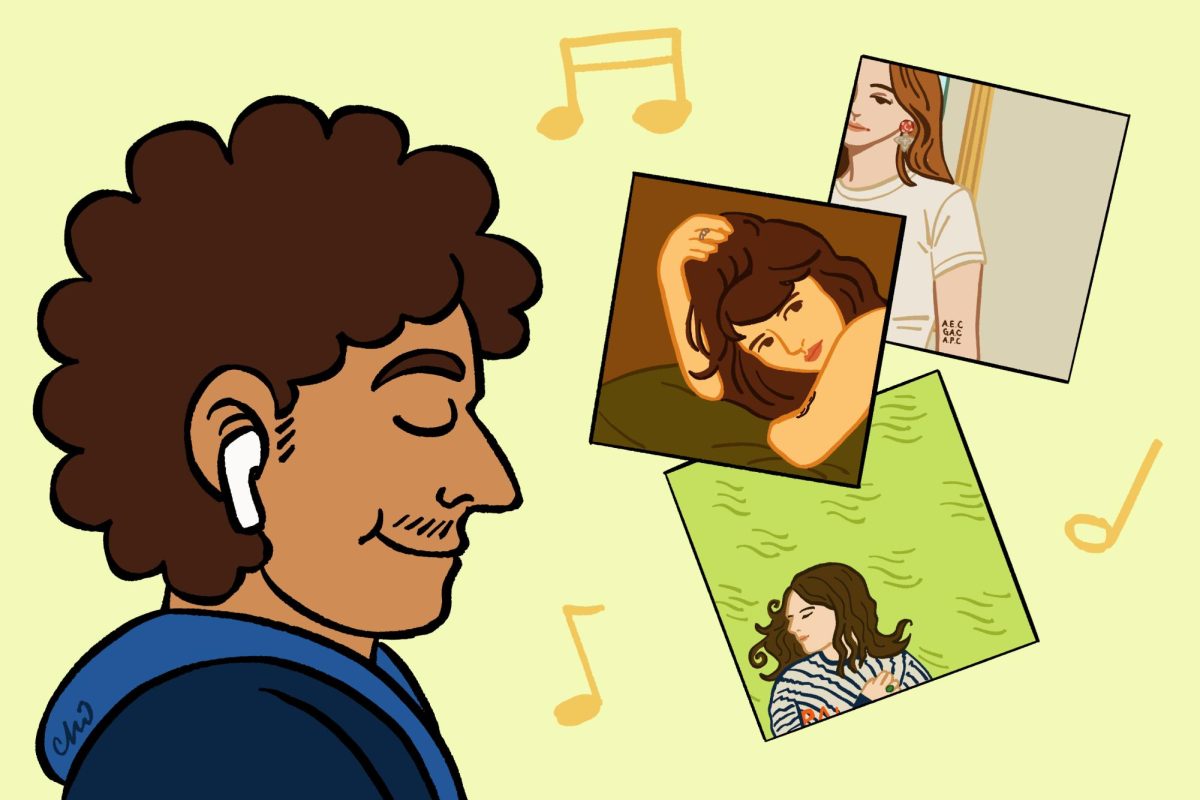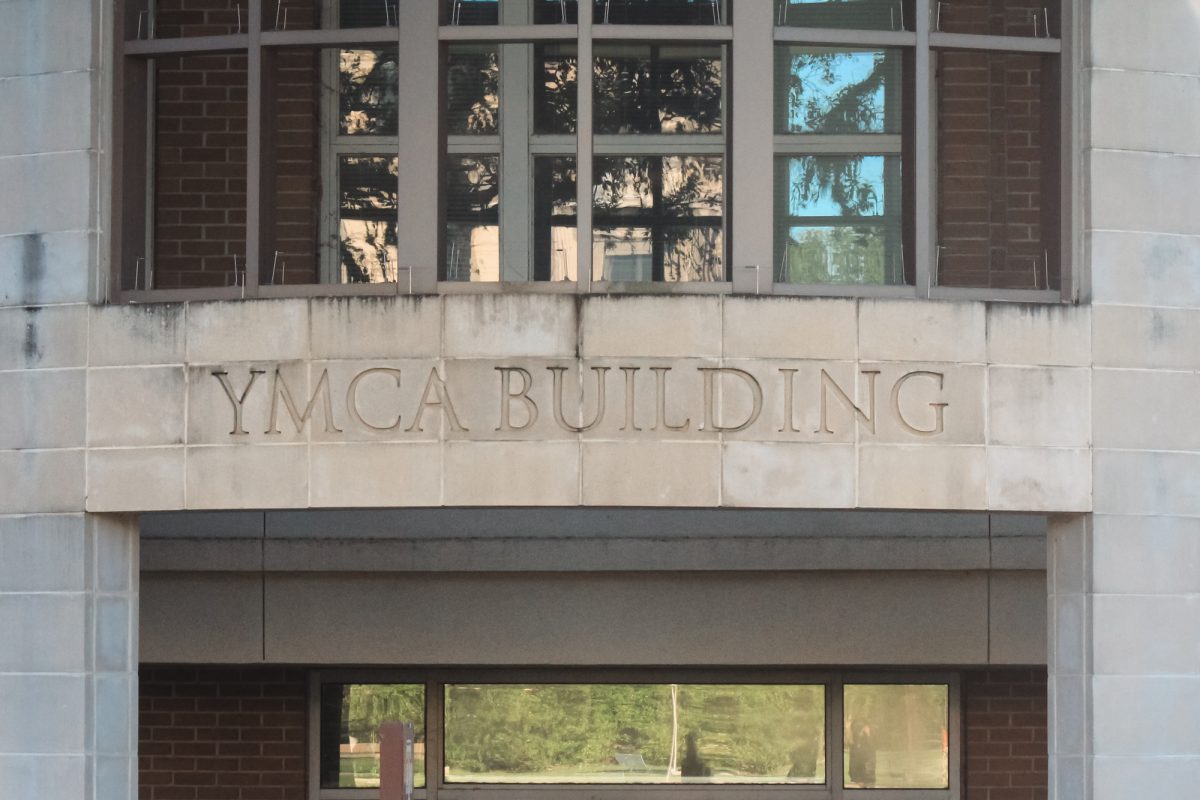“The Skeleton Key,” directed by Iain Softley and released in 2005, is a decent enough film that it could make its way onto that “must watch list” that comes around during the month of October. Starring Kate Hudson as Caroline Ellis, “The Skeleton Key” focuses on a hospice nurse living in the culturally rich town of New Orleans who must choose to conform to religious practices that conflict with her beliefs.
The Crescent City holds a lot of history, culture, religion and diversity among the streets that stretch from the French Quarter to the swamps, but only a little bit is presented throughout the movie. The plotline already had the potential to shine since the setting of the film varies in location throughout the city, but the film failed to highlight where the heart of the story comes from. Props and set decor are heavily relied on to portray the essence of New Orleans, but even that aspect of the film could have been used to a greater advantage.
The film focuses on the grand concept and practice of Hoodoo, which gives the film some needed depth, but it should have given more background and narrowed down certain aspects of Hoodoo to really capture the true essence of its spirituality. Although the film didn’t exactly capture what it should have, the story that is introduced does come full circle at the end and partly makes up for what’s missed.
Although “The Skeleton Key” is a horror film, the memorable moments are really the sole focus that align it with this genre. The film could have focused on some more in-depth aspects stemming from Hoodoo, which could have kicked it up a notch for horror film lovers. Gena Rowlands, playing Violet Devereaux, portrays her character well for the circumstances she is under and comes just short of Kate Hudson as the lead role. Her role alone added a strong theme of deception, which worked out so well just because of the focus of her acting.
Hudson and Rowlands’ characters play off each other throughout the film, creating a conflicting dynamic. This dynamic really controls the film and ties together towards the end solely because of Rowlands’ character’s ulterior motives.
Dialogue and silence go hand in hand when it comes to carrying the story from beginning to end. The silence in the film builds up the scariness of the story and emphasizes the situations presented, but the film needed a little more than pop ups to convince the audience it was a good horror film. The entirety of the story is reliant on the dialogue. The dialogue between characters not only sets the foundation for the story but builds the story between them. The conversations held between Hudson and the supporting actors help craft a story to make the audience root for Hudson’s character. The dialogue is used to break up scenes that involve action or up-beat situations which paces the film really well for an hour and forty five minutes.
“The Skeleton Key” works because of dialogue and the conceptualization behind it, but its ability to wow and shock the audience was minimized by its lack of detail towards the Hoodoo culture.
‘The Skeleton Key’ only skims the surface
October 6, 2020

Photo by Creative Commons
The horror movie “The Skeleton Key” was released in theaters on August 12, 2005.
0
Donate to The Battalion
$2790
$5000
Contributed
Our Goal
Your donation will support the student journalists of Texas A&M University - College Station. Your contribution will allow us to purchase equipment and cover our annual website hosting costs, in addition to paying freelance staffers for their work, travel costs for coverage and more!
More to Discover















